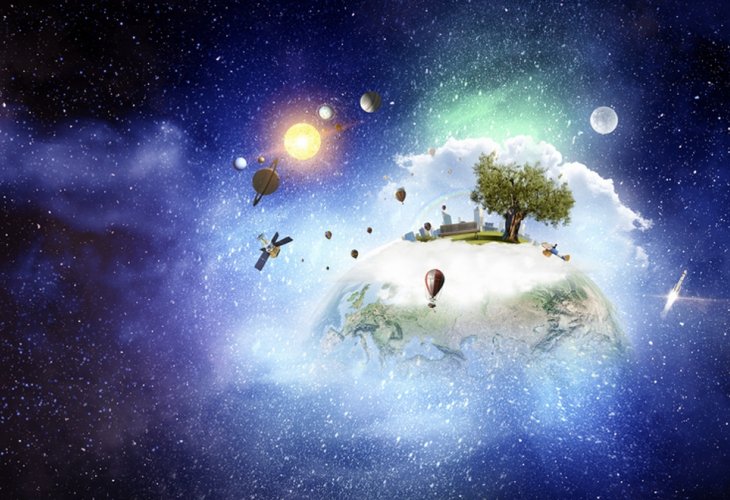In Search of God
Who Keeps the Universe Running? The Scientific Proof of a Creator Sustaining Reality
Beyond the Big Bang — why the continuous order of nature reveals an active Divine force that upholds existence every moment
 (Photo: shutterstock)
(Photo: shutterstock)In a previous article, we learned that there is no randomness in the universe. The very fact that nature operates according to consistent laws is itself proof of a Creator — an intelligent designer who formed and sustains the universe.
God is the Creator who preceded the universe, brought it into being ex nihilo (something from nothing), and continues to govern it through precise, logical laws. The question that reveals this most clearly is not, “Who created the world?” but rather, “Who is creating the world right now?”
The Hidden Question of Science
This is not just a theological idea, but a scientific question: What causes the laws of nature to continue functioning at this very moment?
It is not enough to explain that the world was once created. Why should the laws of physics persist as they do? Why not collapse into chaos this very instant?
People sometimes imagine the universe as a machine — similar to a table, a computer, or a clock, that once made, can simply run by itself. However, this is a misconception. A table or machine is made of matter, while “laws of nature” are not physical things at all — they are patterns of behavior observed in matter. They have no independent existence.
For example, the nuclear force is not a tangible power; it is simply the observed tendency of particles to attract or repel one another in a precise, predictable way. We call that consistent behavior a “law.” Why does matter continue to obey these “laws”? Why do particles act the same way today as they did yesterday?
Matter Does Not “Know” What to Do
Atoms and subatomic particles have no consciousness or intent.
They don’t “know” they are supposed to follow laws, and yet they do, with astonishing precision. Every atom in the universe continues to act according to exact mathematical rules, creating 120 distinct elements that combine to form the world we see.
Imagine a trillion puzzle pieces, each independently rearranging themselves, yet always returning to form the same perfect image — hour after hour, day after day. Who tells them what to do?
There is no physical necessity compelling this order to continue.
If for a single instant, the natural order stopped functioning, scientists would have no explanation. There is nothing within matter itself that forces it to keep behaving in lawful ways.
The Power That Keeps the Universe Running
Like a person who grows up with electricity always flowing to his home — he flips a switch and the lights come on, never realizing there is an unseen power plant supplying that energy every second.
The entire cosmos operates as though on “autopilot,” yet no one asks: Who is supplying the power right now?
The ongoing order of the universe points not only to a Creator who once designed it, but to a living, active Lawgiver — a Divine will that sustains it every moment. If that will were to cease, even for an instant, all matter would disintegrate and return to chaos.
As Maimonides (Rambam) wrote in Mishneh Torah, Foundations of the Torah 1:1: “If one could imagine that God did not exist, then nothing else could exist.”
As we say in our daily prayers: “He renews, in His goodness, the work of creation every single day continually.”
Why Law Implies a Lawgiver
Randomness means lack of limits — a process that could occur in infinite ways, without pattern or intention. When ink spills on a page, its shape is random because it could have fallen differently every time.
Lawfulness, by contrast, means limitation — the consistent behavior of something governed by fixed boundaries and defined rules, as in a computer program that always produces the same result.
The universe, from its first moment, has followed precise mathematical equations that determine how every particle and force behaves. This is not random — it is governed.
The universe itself testifies to the existence of a Lawgiver — a conscious will that established those laws.
The fact that these laws continue to operate today, with no physical reason to persist, is proof of a present, sustaining God who continuously wills the universe to exist.
The Continuing Creation
Creation is not a single event in the distant past — it is a process happening every moment. Every atom, every law of physics, and every breath of air exists because the Creator continuously says, “Be.”
If that Divine will were withdrawn, the universe would dissolve in an instant. The laws of nature are not merely evidence of God’s existence, but the echo of His ongoing speech that sustains reality itself.

